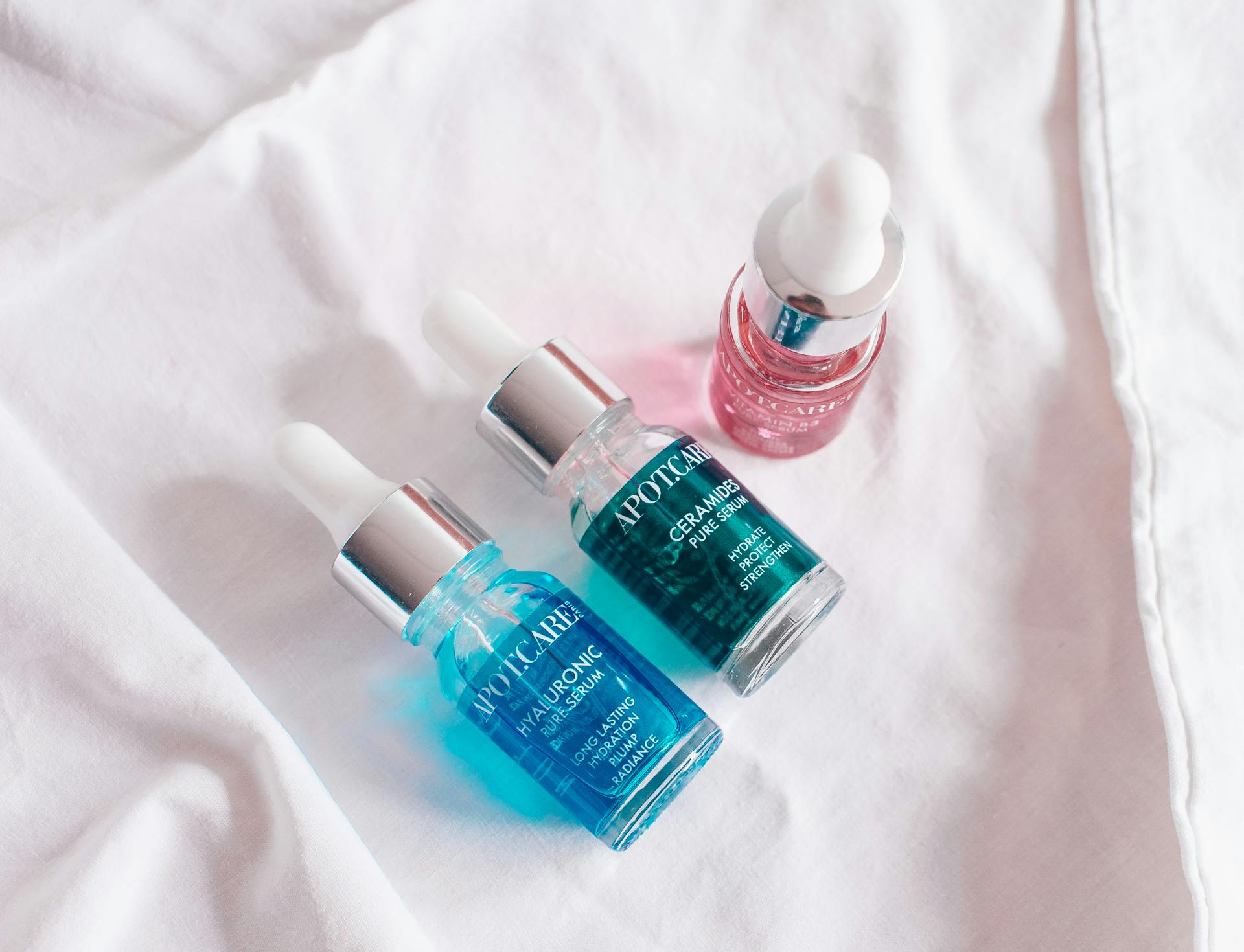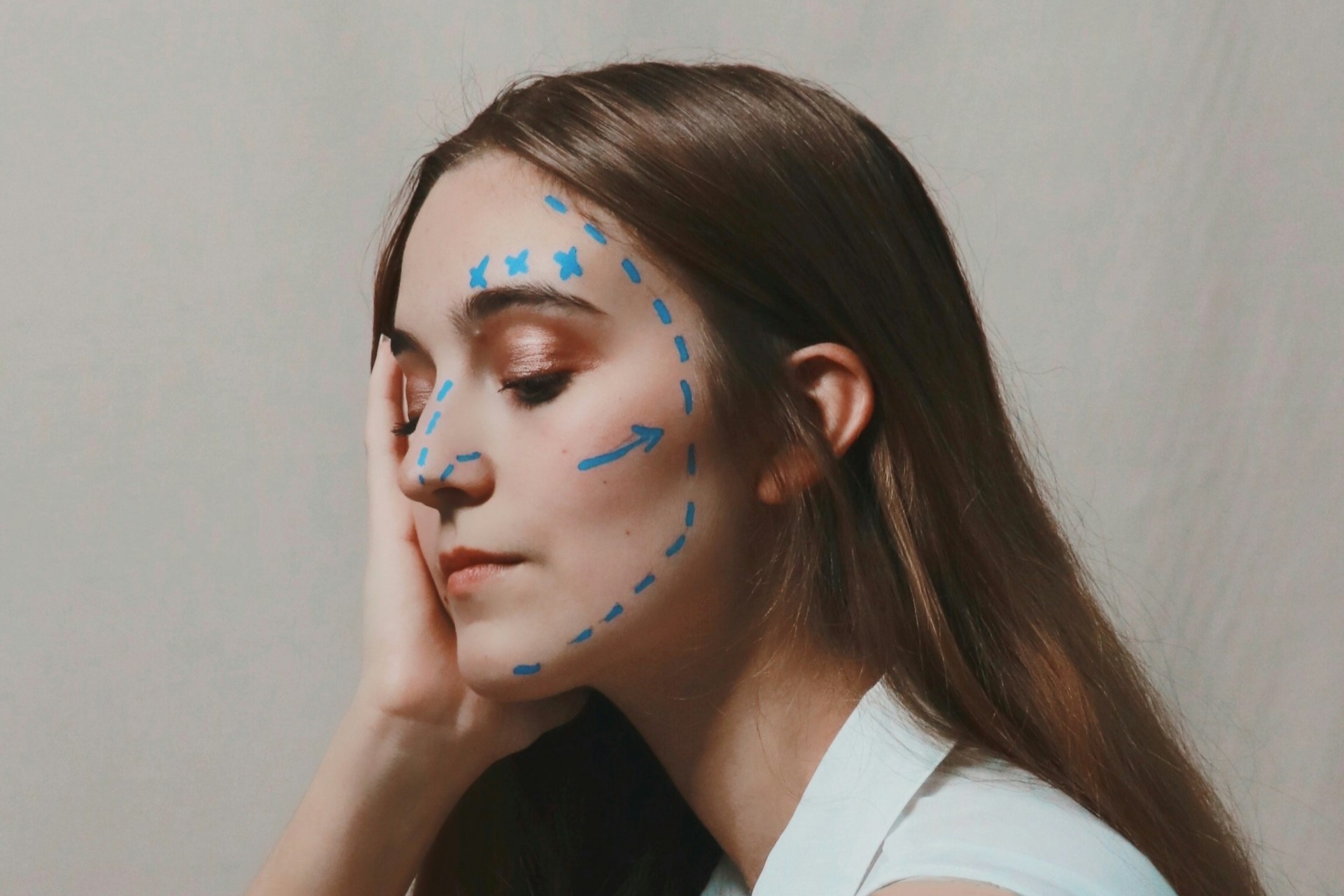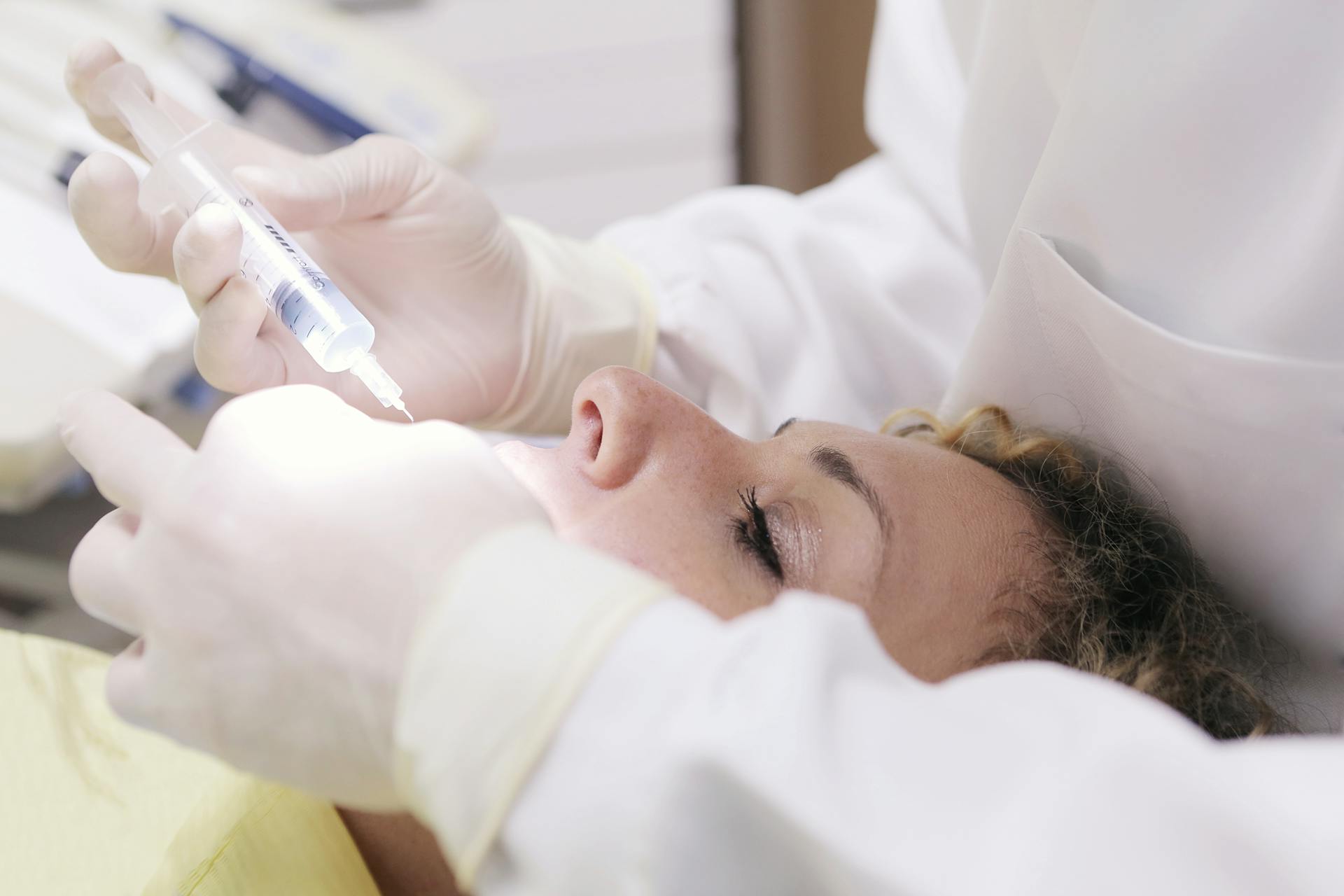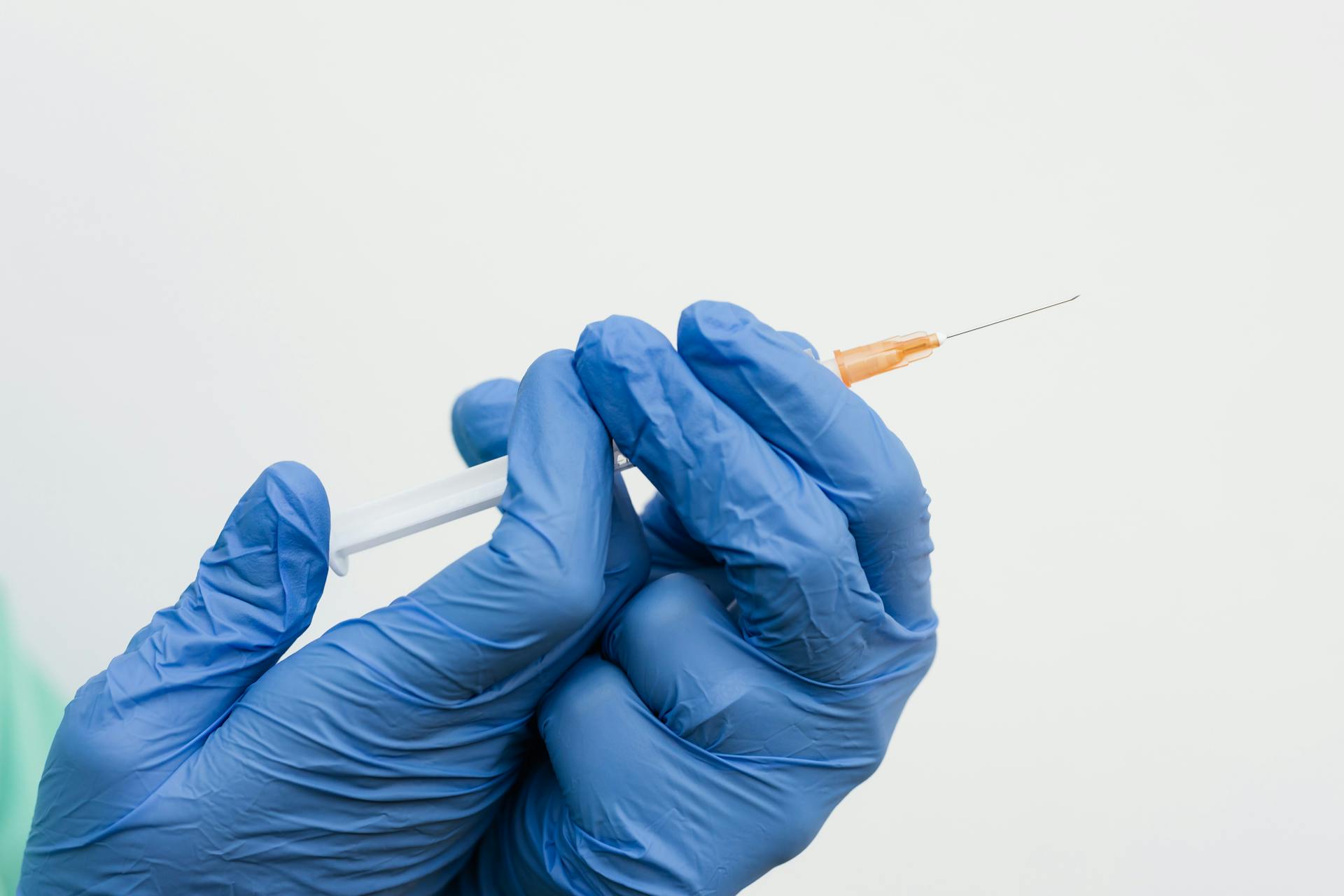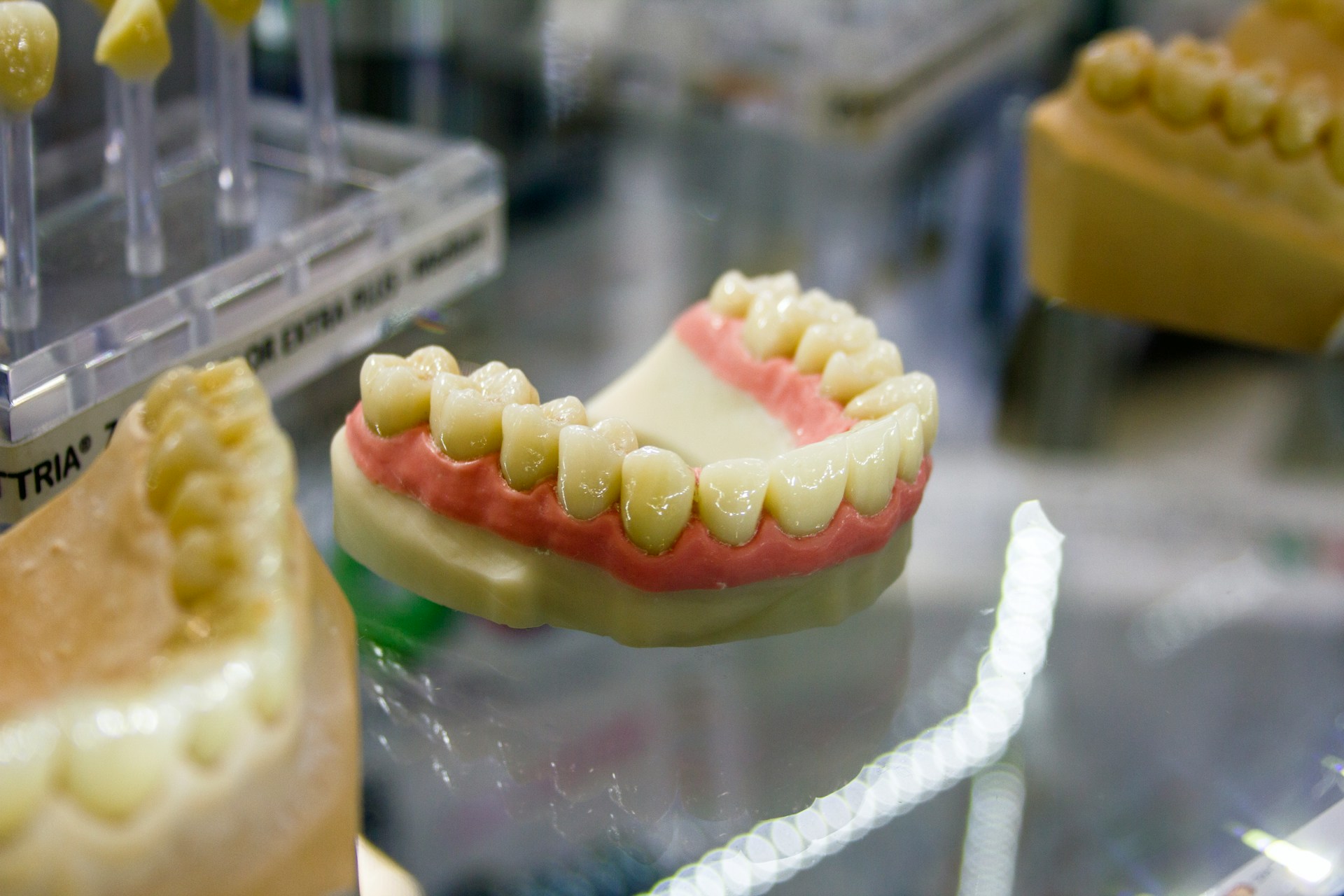Dermal fillers have gained significant popularity among individuals seeking to enhance their appearance, providing a variety of options to address different skin concerns.
This article aims to explore what dermal fillers are, the various types available, and the factors that can influence dermal fillers cost in the UK. From hyaluronic acid to PMMA fillers, gaining an understanding of these treatments can enable you to make informed decisions.
We will also discuss average pricing, potential additional costs, and share some tips for saving money on treatments.
Join us as we delve into the fascinating world of dermal fillers.
What Are Dermal Fillers?

Dermal fillers are non-surgical aesthetic treatments that aim to enhance facial aesthetics. They provide individuals with the opportunity to achieve a more youthful appearance by adding volume and smoothness to areas such as the lips, cheeks, and jawline.
In the dynamic beauty industry, these injectable solutions have gained significant popularity, primarily due to their ability to deliver immediate results and require minimal recovery time. As we approach 2025, the demand for dermal fillers remains strong, appealing to a wide range of patient demographics who are keen to explore this innovative option for anti-ageing and facial enhancement.
What Are The Different Types Of Dermal Fillers?
There is a variety of dermal fillers available on the market, each providing unique benefits and compositions tailored to individual treatment goals and patient needs.
These fillers range from hyaluronic acid to calcium hydroxylapatite, poly-L-lactic acid, and PMMA fillers. It is essential for patients to understand these different types as they consider enhancing their facial aesthetics while prioritising safety and the longevity of their results.
1. Hyaluronic Acid Fillers
Hyaluronic acid fillers have gained immense popularity as one of the leading types of dermal fillers. They are well-regarded for their remarkable ability to attract moisture and enhance volume in treatment areas such as the lips and cheeks, giving clients a natural and youthful appearance.
These fillers are preferred not only for their effectiveness in improving facial aesthetics but also for their minimally invasive nature and relatively swift recovery time.
The unique property of hyaluronic acid, which allows it to retain up to a thousand times its weight in water, makes it a vital component in the battle against ageing. This characteristic enables it to deeply hydrate the skin while simultaneously restoring lost volume.
Patients frequently notice immediate results after treatment, which contributes to their overall satisfaction with their appearance. These fillers are versatile and can be used strategically to contour the jawline, define cheekbones, and smooth out fine lines, catering to various aesthetic objectives.
However, it is essential for individuals to be informed about potential side effects, such as swelling or bruising at the injection site. Consulting with a qualified professional is crucial to ensure safety and achieve optimal results, allowing clients to embrace their revitalised look with confidence.
2. Calcium Hydroxylapatite Fillers
Calcium hydroxylapatite fillers represent a highly effective option for individuals seeking to restore facial volume, particularly in areas such as the jawline and cheeks. These fillers are specifically designed to stimulate collagen production, providing longer-lasting results that enhance facial aesthetics while simultaneously addressing the signs of ageing through natural collagen regeneration.
In contrast to many dermal fillers that typically last only six months to a year, calcium hydroxylapatite fillers can last for up to 18 months. This extended duration makes them an appealing choice for those interested in sustainable volume enhancement.
These fillers are particularly suited for treating deeper lines and folds, as well as allowing for subtle contouring of the face, enabling a more holistic approach to facial rejuvenation. Given that affordability is a significant consideration for many individuals pursuing cosmetic procedures, these fillers often represent a cost-effective option when their longevity is taken into account.
Choosing a reputable clinic not only boosts patient confidence but also highlights the importance of working with a knowledgeable practitioner to achieve optimal results.
3. Poly-L-Lactic Acid Fillers
Poly-L-lactic acid fillers present a distinctive approach to facial rejuvenation by gradually stimulating collagen production over time. This makes them an excellent option for individuals seeking subtle and long-lasting enhancements.
Unlike traditional fillers, the effects of poly-L-lactic acid fillers may take several months to become fully visible, which can appeal to those who prefer a more natural progression in their beauty journey.
As individuals consider the use of these innovative fillers, it is essential to understand the recommended treatment areas, which typically include the cheeks, temples, and jawline. This targeted approach facilitates enhanced volume and a more youthful contour without the abrupt changes often associated with conventional methods.
The significance of following a tailored aftercare plan cannot be overstated; it is crucial for ensuring optimal results and minimising potential side effects. Patients should maintain clear expectations regarding the gradual nature of their enhancements and engage in follow-up care to monitor their progress and address any concerns.
This proactive approach ultimately leads to a satisfying and confident experience.
4. Polymethylmethacrylate (PMMA) Fillers
Polymethylmethacrylate (PMMA) fillers are categorised as semi-permanent fillers, offering patients enduring results for long-term enhancements in facial aesthetics, particularly for addressing deep wrinkles and folds. Their unique formulation provides a distinctive option in the field of cosmetic procedures; however, it is essential to approach their use with careful consideration due to potential risks and the necessity for skilled practitioners.
These fillers consist of tiny microspheres suspended in a gel, which not only help to fill in lines and wrinkles but also stimulate the body’s collagen production over time, resulting in a more natural appearance.
As with all cosmetic treatments, there are possible side effects, including swelling, bruising, and, in rare instances, more serious complications. Therefore, it is vital for individuals to seek out qualified medical professionals who possess proven expertise in administering PMMA fillers.
Taking the time to read reviews and verify credentials can significantly enhance the safety of the procedure, ultimately ensuring that the desired aesthetic goals are achieved without unnecessary risks.
What Factors Affect The Cost Of Dermal Fillers In The UK?

The cost of dermal fillers in the UK can vary significantly due to several important factors.
These include the type of filler used, the experience and qualifications of the practitioner, and the geographical location of the clinic. It is crucial for patients to understand these factors in order to make informed decisions about their aesthetic treatments and to budget appropriately.
1. Type Of Filler Used
The type of filler used is one of the most important factors that influence the overall pricing of dermal filler treatments. Typically, hyaluronic acid fillers are more affordable than semi-permanent options like PMMA and calcium hydroxylapatite fillers. Therefore, patients should carefully consider the costs in relation to the benefits and expected results when choosing their preferred filler type.
The average cost of treatments can vary significantly based on several factors, including the clinic’s location, the expertise of the practitioner, and the clinic’s reputation. Clinics that have established a strong reputation and employ experienced staff often charge higher prices; however, this can lead to a greater level of patient trust and satisfaction.
Consequently, individuals are encouraged to assess the overall value provided by the treatment, rather than focusing solely on the initial price. Ultimately, the combination of these various factors can greatly impact a patient’s experience and the outcomes of their treatment.
2. Amount Of Filler Needed
The amount of filler required for a treatment is a significant factor in determining the overall cost. Larger treatment areas or more extensive enhancement procedures will necessitate greater volume, which in turn increases the pricing.
It is important for patients to engage in open discussions with their practitioners about their treatment goals to ensure they receive the appropriate amount of filler for their desired results.
Recognising that different areas of the face require varying volumes of filler can greatly influence both the patient’s experience and their financial planning. For example, lip augmentation typically requires less product compared to cheek enhancements, which often require a greater volume to achieve a more youthful appearance.
During the consultation process, it is essential for individuals to express their expectations clearly. This open communication allows professionals to recommend suitable quantities that align with the patient’s aesthetic aspirations.
Furthermore, having transparent discussions about the cost implications associated with the volume used can aid patients in budgeting effectively while ensuring they achieve optimal outcomes that meet their satisfaction.
3. Provider’s Experience And Qualifications
The experience and qualifications of the practitioner play a significant role in determining the cost of dermal fillers. More skilled professionals tend to charge higher prices due to their expertise and the quality of results they provide. Therefore, patients should prioritise finding reputable clinics staffed with qualified medical professionals to ensure both safety and satisfaction with their aesthetic treatments.
Choosing experienced practitioners not only guarantees a more refined and natural appearance, but it also minimises the risk of complications and adverse effects that can arise from poorly executed procedures. Safety should always be the foremost concern.
Patients can benefit greatly from thoroughly reviewing practitioner credentials, exploring online reviews, and examining before-and-after galleries. Additionally, demographic factors are important, as varied patient needs and expectations—pertaining to age, skin type, and cosmetic goals—can influence the success of the treatment.
Investing in a qualified practitioner can lead to long-term satisfaction, demonstrating that higher initial costs often result in superior outcomes.
4. Geographic Location
Geographical location significantly influences the cost of dermal fillers, with prices often differing markedly between cities such as London, Manchester, and Birmingham. This variation can be attributed to several factors, including demand, supply, and the overall cost of living in each area, all of which impact how clinics determine their pricing.
Market trends can also fluctuate based on regional competition and the availability of qualified practitioners, resulting in price differences that may lead to patients in one city paying considerably more than those in another.
For individuals seeking treatments, grasping these economic factors is essential, as they not only affect their budgets but also their access to appointments. In bustling urban centres where demand is high, wait times for consultations and treatments may be lengthened, while rural areas might provide more accessible scheduling, though often at potentially higher rates due to less competition.
Ultimately, these pricing dynamics underscore the necessity of considering geographical location when searching for affordable and timely cosmetic procedures.
5. Additional Fees
Plus the base cost of dermal fillers, it is important for patients to consider any additional fees that may apply. These can include consultation fees, follow-up care, and post-procedure costs, all of which contribute to the overall pricing of their treatment.
By understanding these potential expenses, patients can budget more effectively and avoid any unexpected surprises.
It is essential for clients to ask clinics about their pricing structures, as this transparency can greatly enhance satisfaction with the treatment. Many facilities provide detailed outlines of all associated costs, which may include items such as administration fees or discounts for future sessions.
Additionally, some clinics offer flexible payment plans, making it easier for clients to manage their expenses.
While most insurance policies typically do not cover cosmetic treatments, being aware of available financing options can enable patients to make informed decisions regarding their procedures.
What Is The Average Cost Of Dermal Fillers In The UK?

The average cost of dermal fillers in the UK can vary significantly based on several factors and the types of fillers used.
Generally, hyaluronic acid fillers tend to be more affordable, while semi-permanent options, such as PMMA fillers, may come with a higher price tag.
By understanding these average costs, patients can make informed choices that align with their aesthetic needs while also keeping their budget in mind.
1. Cost Of Hyaluronic Acid Fillers
Hyaluronic acid fillers are priced based on the treatment areas and the total amount of filler needed, with average costs generally remaining accessible for most individuals seeking aesthetic enhancements. The pricing of these fillers reflects their popularity and their effectiveness in providing natural-looking results.
Common treatment areas include the lips, cheeks, and under-eye regions, with costs typically ranging from £500 to £1,500 per session. It is important to note that geographical location can significantly impact pricing, as urban centres often charge higher fees due to increased demand and overhead costs.
Patients should also keep in mind that reputable clinics might charge a premium for their expertise and quality of service. Many clinics offer flexible payment plans, which can help individuals align their aesthetic goals with their financial situations.
Ultimately, understanding the costs involved allows patients to set realistic expectations for their desired outcomes.
2. Cost Of Calcium Hydroxylapatite Fillers
Calcium hydroxylapatite fillers tend to come with a higher price tag on average, and this is largely due to their unique formulation, longevity, and effectiveness in restoring facial volume in areas such as the cheeks and jawline. For patients looking to achieve long-lasting enhancements to their facial aesthetics, this investment can be quite worthwhile.
The unique properties of these fillers, including their biocompatibility and ability to stimulate collagen production, provide further justification for their cost. This makes them particularly appealing to older individuals who are concerned about facial ageing.
Reputable clinics often provide this type of filler, which ensures that patients receive quality results along with a safe treatment experience. Consequently, individuals can look forward to enhanced volume, smoother contours, and improved overall facial harmony, making these fillers a preferred option for those who value both aesthetics and the longevity of their cosmetic enhancements.
3. Cost Of Poly-L-Lactic Acid Fillers
Poly-L-lactic acid fillers tend to be priced higher due to their gradual results and the requirement for multiple sessions to achieve optimal enhancements. This makes them a longer-term investment for patients who are focused on anti-ageing solutions. It is essential for patients to understand the cost structure as they plan their treatment journey.
This investment often leads to increased client satisfaction, as individuals notice subtle yet significant improvements over time. During the consultation process, practitioners can provide tailored treatment plans that align with each person’s aesthetic goals and budget considerations.
Patients should be prepared for the total cost to reflect several sessions scheduled to maximise the filler’s effects.
Having open discussions about expected results from the outset can help ensure that patients make informed decisions. This approach fosters a sense of trust and transparency as they navigate this evolving aesthetic experience.
4. Cost Of Polymethylmethacrylate (PMMA) Fillers
The cost of polymethylmethacrylate (PMMA) fillers reflects their semi-permanent nature and the value they offer to patients seeking long-lasting facial enhancements. This makes them a significant investment in one’s beauty journey. It is important for patients to consider the potential long-term benefits when evaluating the pricing of these fillers.
In contrast to temporary fillers, which typically necessitate frequent touch-ups, PMMA fillers provide effects that can last for several years. This durability makes them a cost-effective option for individuals looking to enhance their appearance over time. Such a characteristic appeals to a wide range of patients, from younger individuals wishing to maintain a youthful look to older patients seeking to restore lost volume.
Safety is also a critical factor in the decision-making process. While these fillers are generally well-tolerated, it is essential for potential candidates to consult with qualified professionals to assess their suitability for the treatment.
Understanding one’s treatment goals, such as achieving subtle, natural-looking results while addressing specific facial concerns, can greatly guide a patient’s decision to invest in PMMA fillers.
Are There Any Additional Costs Involved In Dermal Filler Procedures?

Beyond the basic costs of dermal fillers, patients should be aware that there may be additional expenses associated with the procedures. These can include consultation fees, post-procedure care, and touch-up treatments, all of which can contribute to the overall cost of the treatment.
It is important for patients to understand these potential costs to effectively manage their budget.
1. Consultation Fees
Consultation fees are a fundamental part of the overall cost associated with dermal filler procedures, as they cover the initial assessment and treatment planning necessary to address each patient’s unique aesthetic goals. It is vital to understand this cost upfront to manage overall expenses effectively.
These fees play an important role in promoting a transparent client experience, allowing individuals to budget accordingly while receiving tailored recommendations from qualified professionals. When patients appreciate the value of the consultation, it reinforces their trust in the clinic’s reputation, leading to a more satisfying journey.
The time spent thoroughly evaluating a patient’s needs underscores the significance that skilled practitioners place on their professional qualifications, ultimately raising the standard of care provided.
This collective focus on proper planning not only boosts patient confidence but also enhances the likelihood of successful outcomes, making consultation fees an essential aspect of the treatment planning process.
2. Post-Procedure Care Costs
Post-procedure care costs can significantly influence the overall pricing of dermal filler treatments, as proper aftercare is essential for achieving optimal results and minimising side effects. Patients should be aware of any potential expenses related to their recovery and aftercare.
This aspect is crucial in shaping the overall patient experience. Neglecting aftercare can lead to complications that may undermine both the longevity and effectiveness of the treatment. Clinics that prioritise comprehensive post-procedure care often enhance their reputation among clients, demonstrating a strong commitment to quality and patient satisfaction.
By addressing the specifics of recovery time and providing clear aftercare guidelines, practitioners enable their patients to make informed decisions that can greatly impact outcomes. This ultimately contributes to a more positive experience and improved aesthetic results.
3. Touch-Up Treatments
Touch-up treatments are often necessary for patients who wish to maintain their dermal filler results. It is important to recognise that these additional sessions may come with extra costs, which should be included in the overall treatment budget. Understanding the frequency and associated costs of these maintenance sessions is essential for ensuring patient satisfaction.
To achieve the best possible longevity of results, it is crucial that patient expectations align with the natural evolution of these cosmetic enhancements over time. As the filler gradually metabolises, the appearance may begin to change, leading patients to consider periodic visits for touch-ups. These follow-up appointments not only help maintain the desired look but also play a significant role in managing overall affordability.
By planning for these appointments, individuals can gain a clearer understanding of their financial commitment. This proactive approach ensures that maintaining their enhanced appearance remains feasible and prevents any unexpected costs from arising.
How Can Someone Save Money On Dermal Filler Treatments?

Patients seeking to save on dermal filler treatments can consider a variety of strategies. These may include:
- Researching prices
- Comparing different clinics
- Being vigilant about special offers and discounts that many providers frequently advertise
By employing these approaches, patients can work towards their aesthetic goals while remaining mindful of their budget.
1. Research And Compare Prices
Researching and comparing prices across various clinics is one of the most effective strategies for patients looking to save on dermal filler treatments. This approach not only helps them find the best value but also ensures they select reputable providers, fostering trust in the quality of care they receive.
Transparent pricing is crucial in the decision-making process, as it allows individuals to assess both affordability and the overall quality of services offered. By considering the experiences of others along with the clinic’s reputation, potential patients can gain a clearer understanding of how different factors—such as patient demographics and specific treatment options—affect the consultation process.
This level of diligence enables patients to feel confident in their choices, ultimately leading to a more satisfying and safe experience as they pursue aesthetic enhancements.
2. Consider Alternative Options
Considering alternative options, such as various types of fillers or treatment plans, can lead to more budget-friendly choices for patients seeking to achieve similar results without overspending on more expensive options.
Exploring different filler types allows for a more tailored approach to treatments, aligning them with individual needs and financial situations.
Being open to these alternatives not only improves patient satisfaction but also strengthens the relationship between patients and clinics. By prioritising a range of treatment avenues, individuals can discover solutions that meet their aesthetic goals while keeping their expenses manageable.
This thoughtful approach to filler selection significantly influences the overall experience and outcomes, enabling a more personalised treatment journey.
Clinics that provide diverse options often enhance their reputation within the community, showcasing their commitment to helping patients achieve their desired results in a financially accessible manner.
3. Look For Special Offers And Discounts
Patients are encouraged to actively seek out special offers and discounts that many clinics provide, particularly during seasonal promotions. By doing so, they can maximise their savings on dermal filler treatments while still receiving high-quality care.
These promotions can considerably lower costs and enhance the overall experience for patients. By taking advantage of limited-time offers or bundled packages, individuals can achieve significant reductions in treatment expenses, which ultimately leads to higher levels of client satisfaction.
Clinics often promote these deals as part of their advertising strategies, aimed at establishing a reputable brand within the community. By increasing awareness of their services through appealing discounts, these establishments attract new clientele and retain existing patients, fostering a loyal customer base.
Therefore, those considering cosmetic enhancements should remain attentive and inquire about available promotions to benefit from both quality procedures and financial savings.
4. Choose A Reputable And Experienced Provider
Selecting a reputable and experienced provider for dermal filler treatments can ultimately save patients money by minimising the chances of complications and the need for corrective procedures that may arise from improperly administered treatments. Ensuring high-quality care not only fosters patient trust but also enhances overall satisfaction.
To achieve this, it is important to conduct thorough research on the provider’s qualifications, including their training, certifications, and clinical experience. A provider with a strong reputation typically demonstrates a commitment to safety and patient well-being, which is particularly crucial when considering elective cosmetic procedures.
Patient reviews and testimonials can provide valuable insights into the experiences of others, helping potential clients assess the level of professionalism and care they can expect.
By prioritising these factors, patients can significantly reduce the risks associated with dermal fillers, ultimately paving the way for results that align with their aesthetic goals.
5. Follow Proper Aftercare Instructions
Following proper aftercare instructions after dermal filler treatments is crucial for maximising the longevity of results and enhancing the overall patient experience. By adhering to these guidelines, patients can reduce the chances of needing additional treatments or touch-ups sooner than necessary.
It is important for patients to understand and commit to these aftercare practices. This commitment not only aids in effective recovery but also significantly contributes to overall client satisfaction.
Aftercare is vital because it directly impacts how well the body heals and retains the filler, which can differ from person to person. Engaging in appropriate follow-up care often helps minimise complications, potentially lowering the overall costs associated with future corrections or adjustments.
By investing in post-treatment care, individuals can protect their aesthetic investments and enjoy the desired effects for a longer period.
Frequently Asked Questions
What factors will affect the dermal fillers cost in the UK in 2025?
The cost of dermal fillers in the UK in 2025 will be affected by factors such as the type of filler used, the amount of filler needed, the location of the clinic, and the experience of the practitioner.
Will the cost of dermal fillers increase in the UK in 2025?
It is difficult to predict if the cost of dermal fillers will increase in the UK in 2025. However, as technology and techniques continue to advance, it is possible that the cost may increase slightly.
How much can I expect to pay for dermal fillers in the UK in 2025?
The average cost of dermal fillers in the UK in 2025 is estimated to be between £350-£700, depending on the factors mentioned earlier. Prices may vary between clinics and regions.
Is the cost of dermal fillers in the UK in 2025 covered by insurance?
No, the cost of dermal fillers in the UK in 2025 is not typically covered by insurance as it is considered a cosmetic procedure.
Are there any other expenses I should consider when budgeting for dermal fillers in the UK in 2025?
Plus the cost of the fillers, you should also budget for any necessary consultations, follow-up appointments, and potential touch-up treatments.
Are there any financing options available for dermal fillers in the UK in 2025?
Many clinics offer financing options for patients who are unable to pay the full cost upfront. You can inquire about these options during your consultation.

